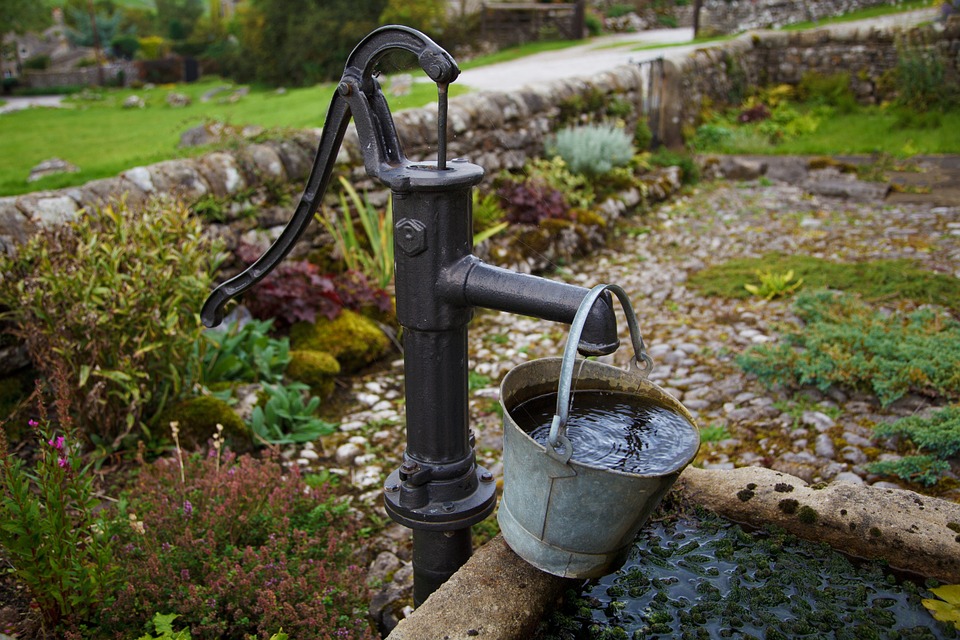There are two basic requirements for a house to be functional: electricity to power home equipment and a continuous supply of running water to finish important tasks. Without these two, your house would just feel like a plain, old, four-cornered wall establishment.
On the other hand, it is also usual for a household to experience typical home problems such as electricity fluctuations. But probably one of the most irritating is when your water supply runs out because it usually takes place in an unprecedented time, and most often than not, you are not prepared for it.
Troubles with your home’s water supply can be traced back to other general reasons, but it is mostly associated with the water pump system. Therefore, you must have some basic knowledge about your home water pump so that you can fix what needs to be fixed, identify where it could have gone wrong, and know when you might need to call for professional help.
Below are some of the things you need to know about water pumps, what usual problems they encounter, and some possible solutions:
Getting Familiar With Well Pumps

Most residences have their own well pump system, an electromechanical appliance that supplies water to their homes. Ideally, having a well pump installed in your home instead of being dependent on the municipal water supply can save you from paying a high cost for your monthly water bills. Plus, the water that you get from well pumps is fresh and clean.
The first step to being a residential well pump owner is to be familiar with the pump system and other technicalities such as its model number, the depth to which your pump was set, when it was installed, and many others.
Well pumps also come in two different types and vary in size and purpose. Knowing the type of well pump you have at home could help you troubleshoot the problem, determine if you can fix it on your own, or call for a reputable well service.
Jet Pump
Jet pumps come in two kinds: single or double pipe. The ‘single pipe’ type is used if you have a shallow well. They are usually situated above the ground and you can see them beside the well or within your basement. This type of pump uses an impeller motor, which draws water out from the source through a suction pipe that extends into the well.
On the contrary, ‘double pipe’ jet pumps are used for deeper wells, like 100 feet deep. The jet is assembled deep down within the well, but the impeller motor can still be found above.
Submersible Pump
Unlike jet pumps, submersible pumps are situated within the well itself. They can reach depths from 100 to 400 feet and are the latest model. Nowadays, they are gaining popularity to most homeowners because they are more energy-efficient and last longer than the older type (the jet pumps).
Common Water Pump Problems

Having your well pump is better, but it also means that you have to maintain and check on it, not necessarily from time to time, but surely at a certain point. One sign that your water pump isn’t working well is when it has a low-yield of water supply. This occurrence is usually attributed to problems on the pressure tank, switches, or the pump itself.
The most common problems that affect your well pump’s functionality and some possible solutions are listed below.
Power Outage
One possible reason why there is only a little or no water coming out of your faucet is a power loss. Since your pump is highly dependent on electricity to run its pressure switch, you will only have access to how much water is left in your tank if there are power problems.
On the other hand, if you aren’t experiencing a complete power outage, it might be that the electrical circuit for your well pump and pressure tank is not turned on. In this case, you can simply go and check if the breaker is tripped or not. If it is, then move it back to ‘on’.
If this doesn’t solve your problem, call for a professional who can diagnose the problem.
Signs of Pressure
Another reason why water from your faucet seems to take forever to fill, for example, your bathtub, is due to the low water pressure. There are even times when the pressure gauge reads no pressure at all! This situation means that the problem is your well pump itself, probably the pressure tank or switch. Nonetheless, you still need to consult with plumbing experts.
Take note also that having too high water pressure isn’t a good sign. You may like the abundant and strong supply, but the plumbing system doesn’t. One major issue that arises is water leaks. You may have experienced this at home, and surely, the sound of leaking water also annoyed you.
Debris Build-up
The build-up of water sediments such as dirt, small stones, or collected hard water minerals can also cause a reduction in your home’s water flow. If you notice that your faucet begins to pump debris, don’t wait until your pump’s components get damaged. It is best to discuss how to fix the issue with a well professional.
Takeaway
These are only a few examples of the common problems your home water pump might encounter, and spending a little time to know the basics of your water pump system won’t hurt. You might even discover that learning about it can save you from future troubles.






